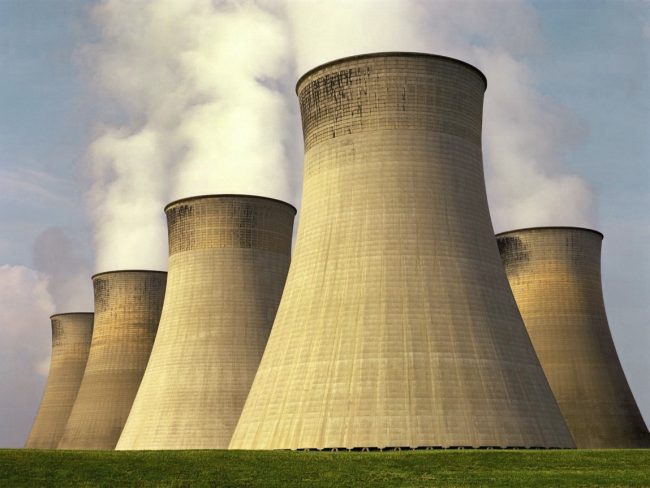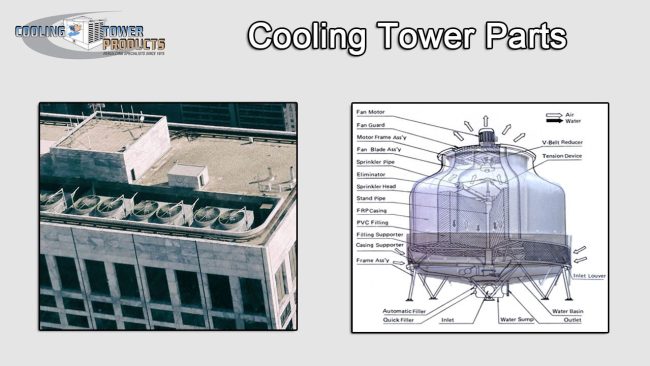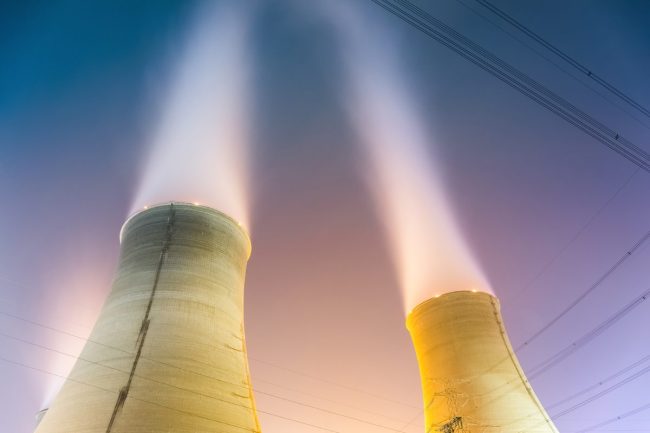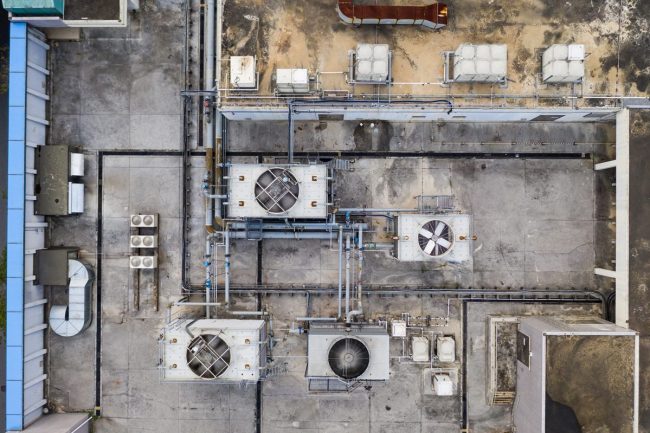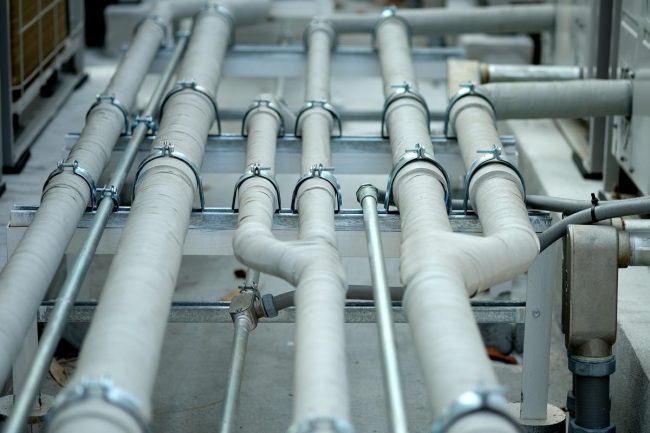Future of Cooling Towers
The future of cooling towers is likely to be shaped by a number of factors, including: Sustainable and Energy-Efficient Designs: There is a growing emphasis on sustainability and energy efficiency in cooling tower designs. Manufacturers and users are exploring technologies that reduce water and energy consumption, such as advanced materials, improved thermal performance, and the…

